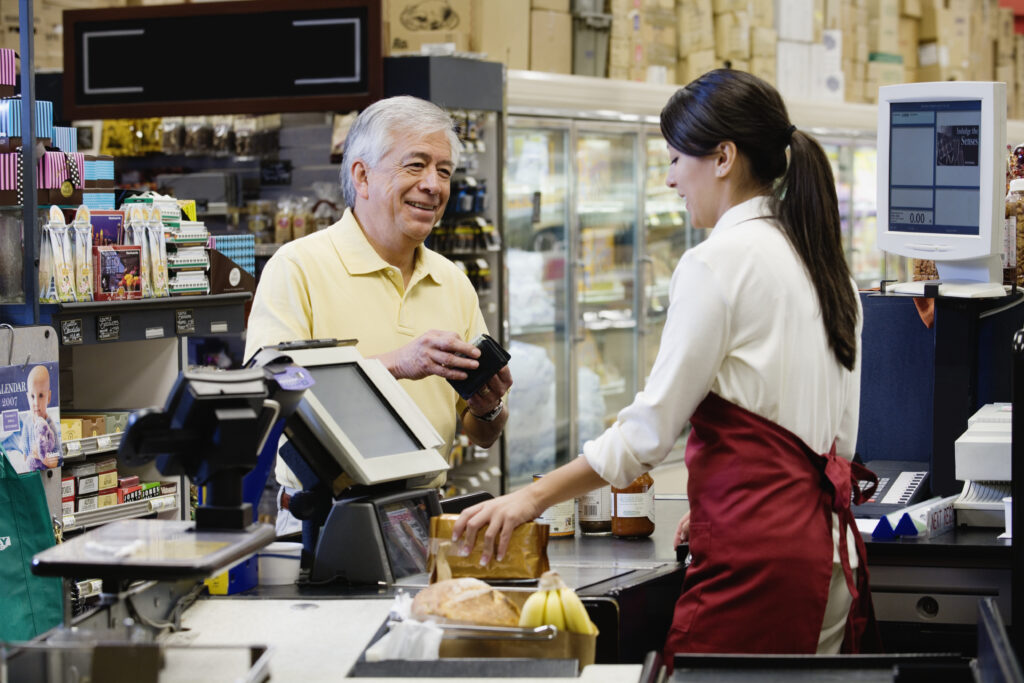Are in-store donations a good idea?
100% of the money goes directly to charity but that's not all that matters
Advertisement
100% of the money goes directly to charity but that's not all that matters

Share this article Share on Facebook Share on Twitter Share on Linkedin Share on Reddit Share on Email